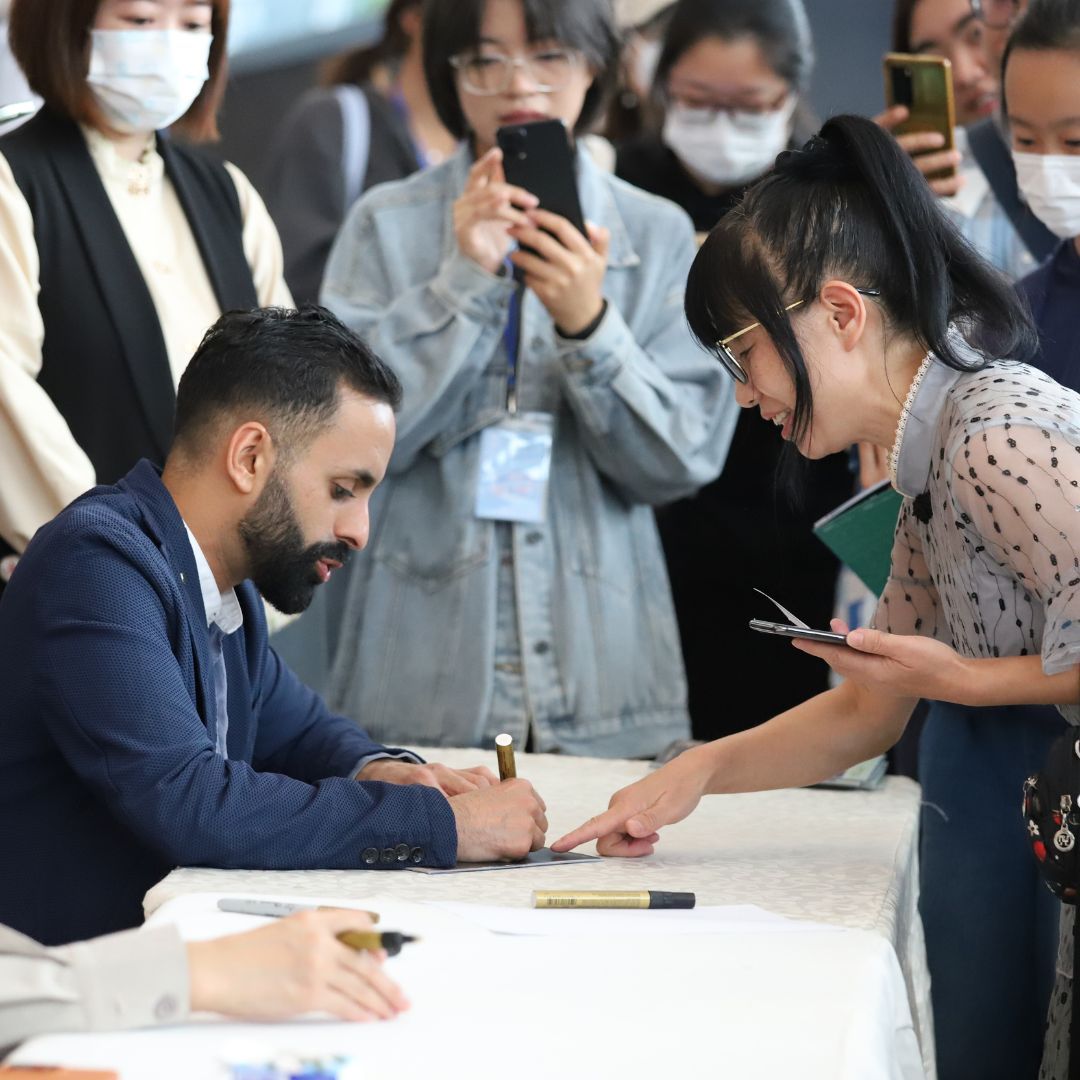(Aug 29, 2023) “The feast will be served traditional style on fresh banana leaves and everything should be eaten by hand – no utensils!” say Vinod Kalathil and Chef Margaret, as they share their much-awaited Onam Sadya schedule. The husband-wife duo co-own Thattu, a restaurant that serves authentic Kerala food in Chicago – one of the largest cities in the US. “We will also be featuring some traditional flower carpets – pookkalam – and you can participate in creating it too. The Thattu team will be available to answer all your questions about Onam and Sadya,” they add.
The couple had been busy making Thattu’s Onam Sadya (feast) an unforgettable experience in Chicago, for customers who love to explore the rich food legacy of South India through Vinod and Margaret. Thattu offered a traditional Onam Sadya to its customers for three days and tickets to the event sold like hot cakes.
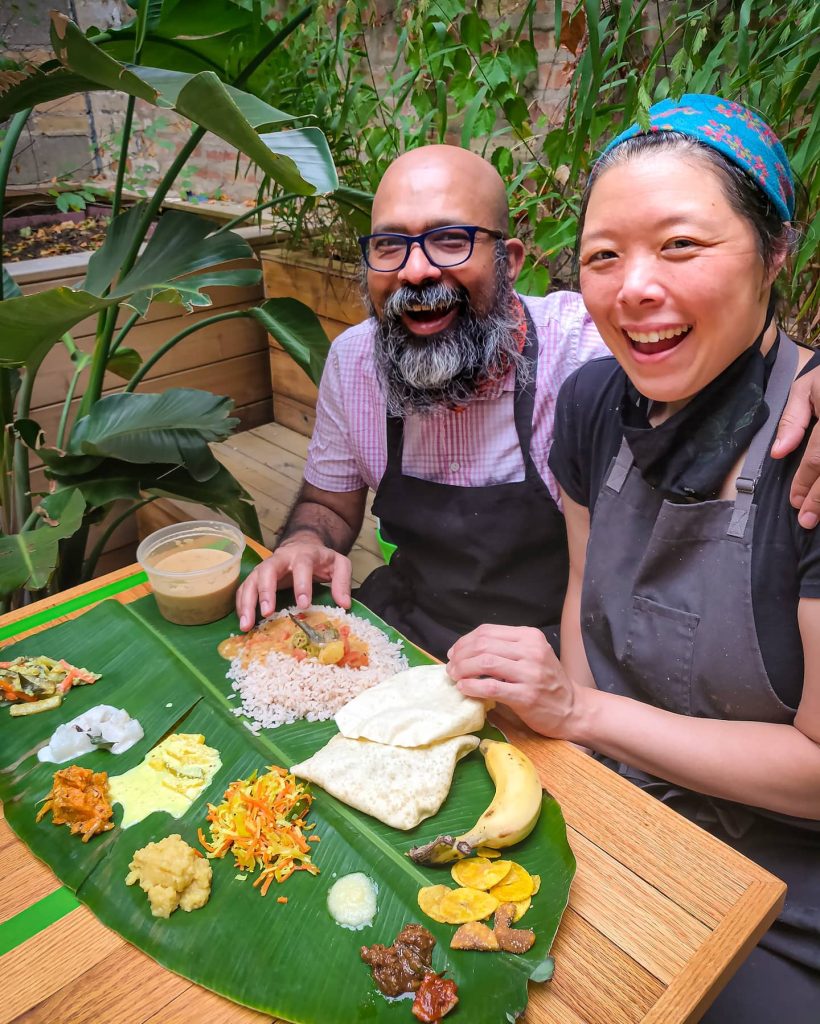
Vinod and Margaret | Photo Credit: Thattu
Located in the beautiful Chicago neighbourhood of Avondale, Thattu is born of Chef Margaret Pak’s love for the southwest Indian coastal cuisine of Kerala – the native place of her husband, Vinod.
Thattu’s menu brings out the traditions of Kerala along with some interesting twists from its culinary team. Rich with aromatic spices, coconut and curry leaves, it is a celebration of the bounty of the land and the sea that Kerala is so popular for.
From corporate world to food entrepreneurship
Margaret and Vinod had backgrounds in the corporate sector prior to launching Thattu. Margaret worked as a data analyst while Vinod was a computer science engineer and CPA. In a shift from her data analyst role, Margaret ventured into food sales and later honed her culinary talents by working in the kitchen of the street food joint, Kimski, in Bridgeport. Her career path took another turn when her talent for cooking authentic Kerala cuisine, influenced by Vinod and his mother’s recipes, caught the attention of her colleagues at Kimski. This is when she decided to foray into the world of food business on her own.
After gaining recognition through some successful pop-up events, Margaret and Vinod secured a contract with Politan Row, a hospitality operator in the food hall industry. This milestone marked a pivotal moment, leading Vinod to leave his corporate job and join Margaret on their culinary journey full-time. Soon, their Kerala street food stall, which they named Thattu, became a favourite for the Politan Row’s visitors.
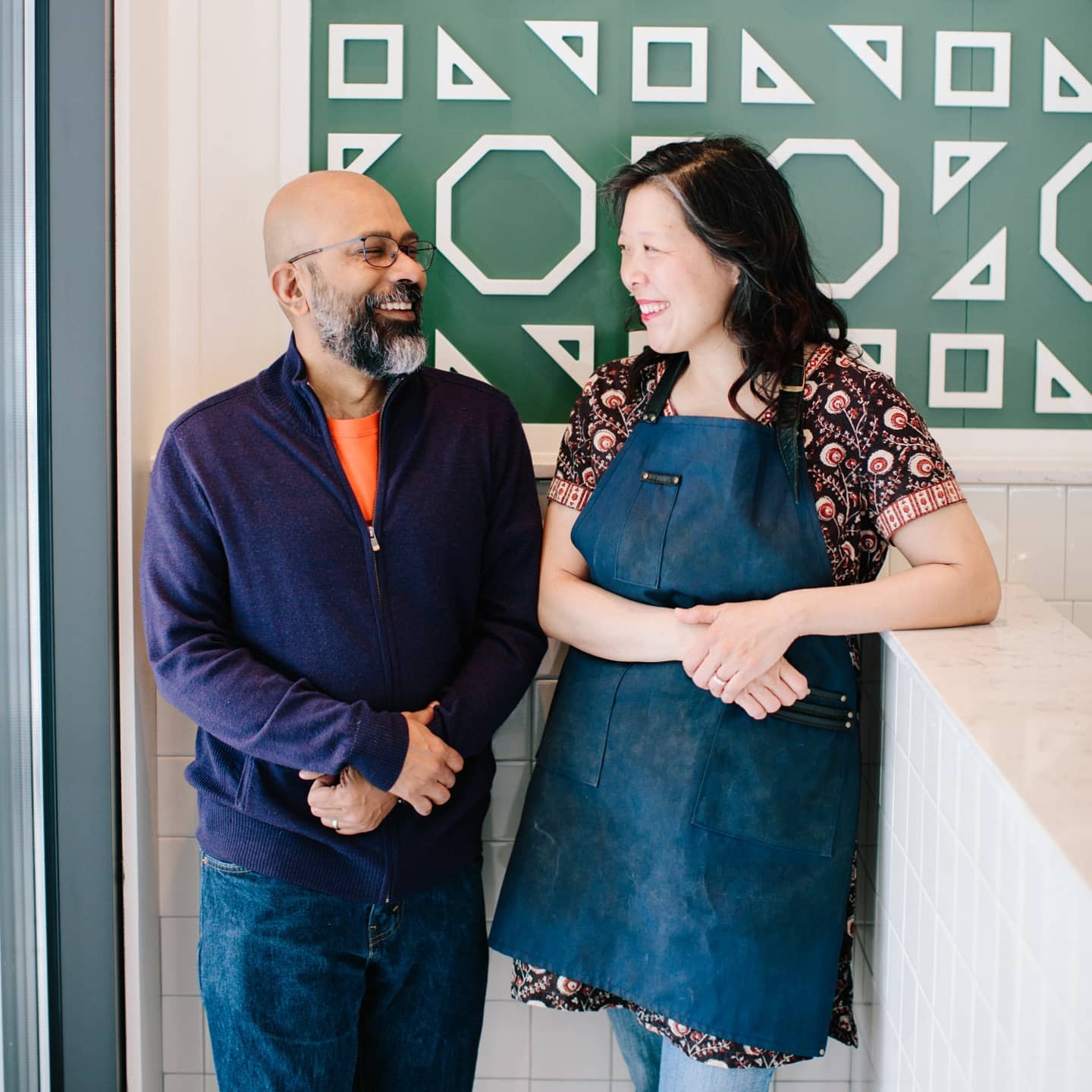
Vinod and Margaret | Photo Credit: Thattu
In January 2022, Thattu found a permanent home at Avondale. “We did not have a professional culinary background,” say the food entrepreneurs, who went by their instincts and ended up being successful in their endeavour.
Serving proper Sadya in Chicago
Sadya, a traditional feast or meal is an integral part of the Kerala cuisine. It is usually served during festivals, celebrations, and special occasions, and is known for its elaborate spread of various vegetarian dishes served on a banana leaf.
The highlight of a Sadya is the variety of dishes that are served, typically including rice served with a variety of curries, side dishes, pickles, and desserts. “A proper Kerala meal is difficult to find in the US and a proper Sadya is even more difficult to find here,” says Vinod.
Even those who are preparing it at home, struggle to meet all the requirements like finding banana leaf to serve. “Most of the times they use paper banana leaf for the purpose.” However, the duo has found a place that flies in the banana leaves from India.
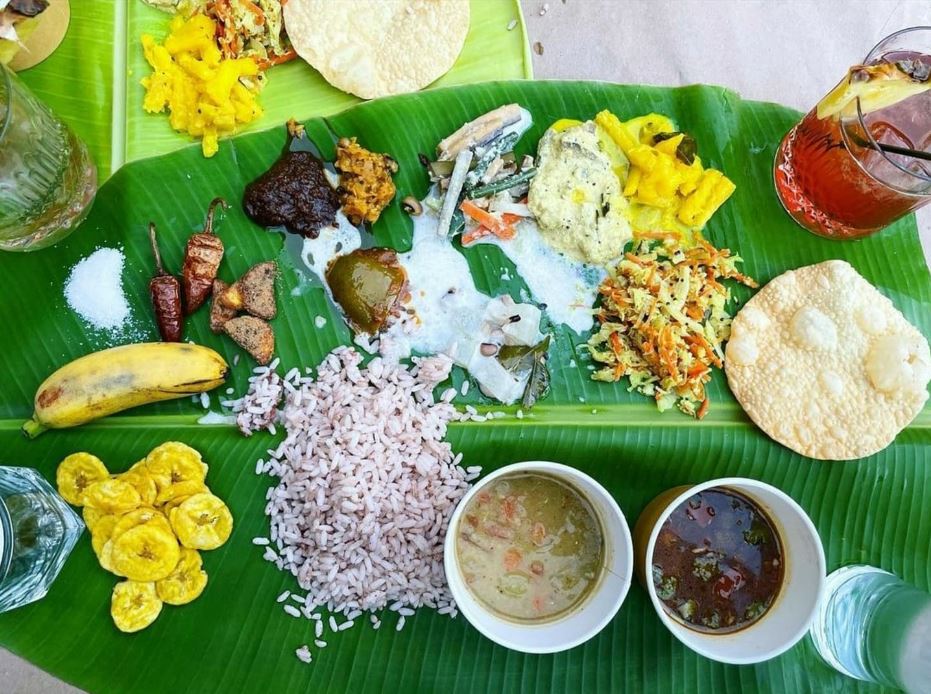
Onam Sadya at Thattu | Photo Credit: Thattu
Introducing Kerala cuisine to people in Chicago
Vinod is from the city of Kozhikode in Kerala and continues to maintain deep ties to his home state’s food and culture. Both he and Margaret wanted to introduce the state’s authentic food to the people in Chicago, the place they now call home.
“Kerala’s food is relatively lesser known in the United States,” People associate Indian food with the North Indian cuisine – naan and butter chicken being popular choices but they are not very conversant with the authentic South Indian meal, and the traditional feast like Sadya is a totally new concept.
The couple wanted to introduce people to the diversity of India by offering them a cuisine which is new to their taste buds. This novelty is Thattu’s USP.
The restaurant’s menu highlights the essence of Kerala’s traditions, complemented by some innovative ideas added to the cuisine. “But whatever is served, the root of it is ingrained in the Kerala cuisine,” Vinod shares.

The Thattu Team | Photo Credit: Thattu
Showing guests, the right way
During their Sadya events, Vinod and Margaret demonstrate how to eat every dish with hand to their western customers.
Every diner receives an illustrated card that has an explanation of each dish, detailing the optional six accompaniments that enhance flavour and texture, and how to eat them. The entrepreneurs have also published a 24-page cooking zine outlining the recipes for a traditional Sadya with vibrant pictures. Interested people can purchase it to learn how to make over a dozen of their favourite Sadya dishes.
With their USP of novelty and authenticity, Vinod and Margaret have captured the hearts of the people in Chicago through Thattu’s delightful offerings.
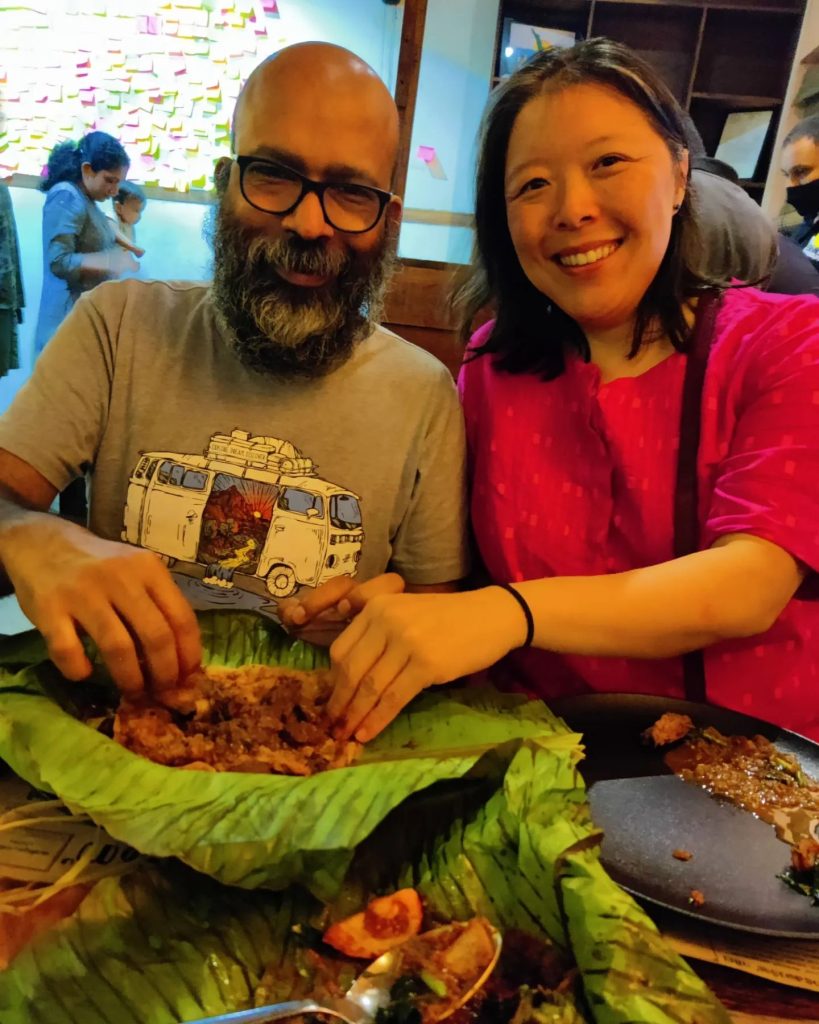
Vinod and Margaret



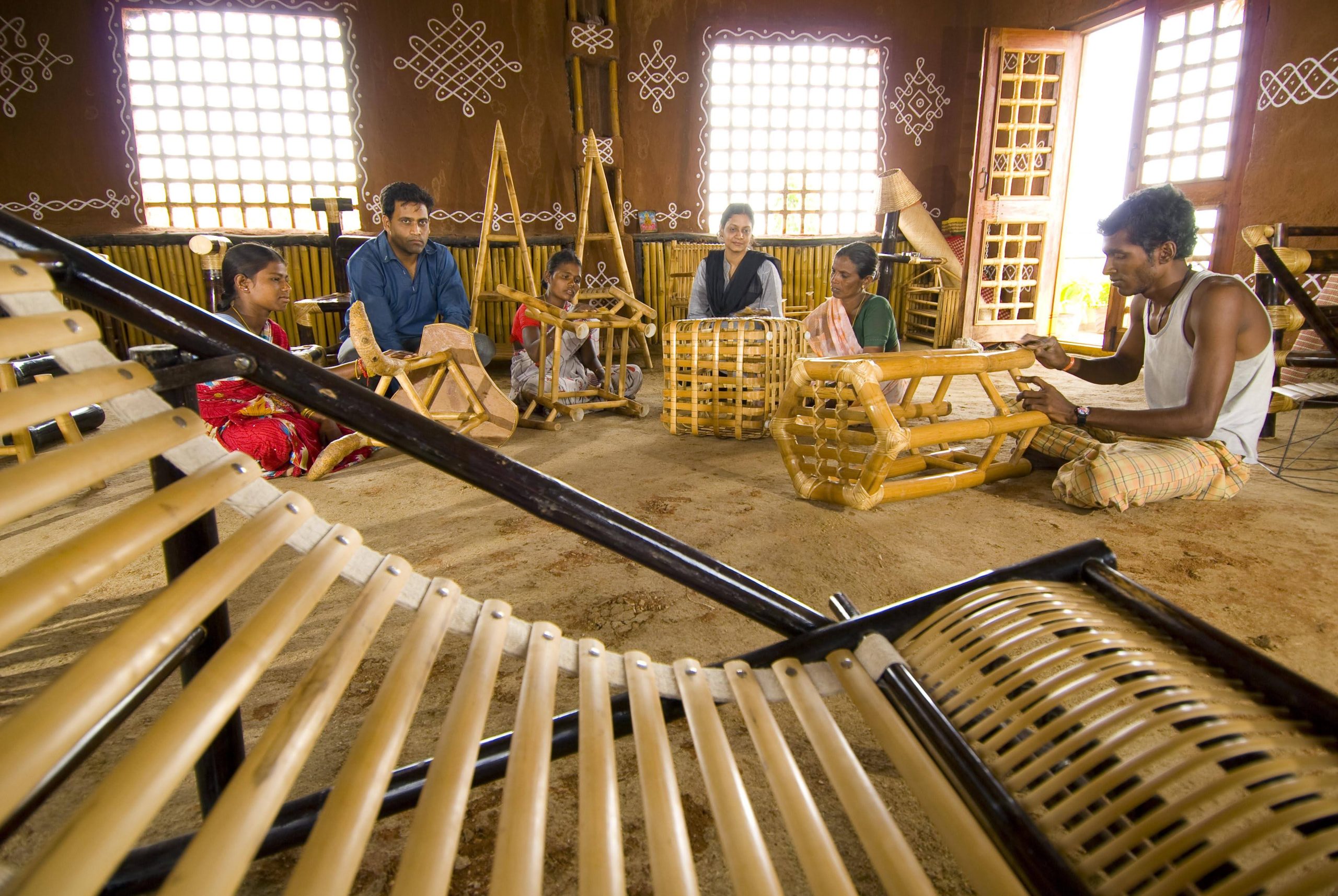
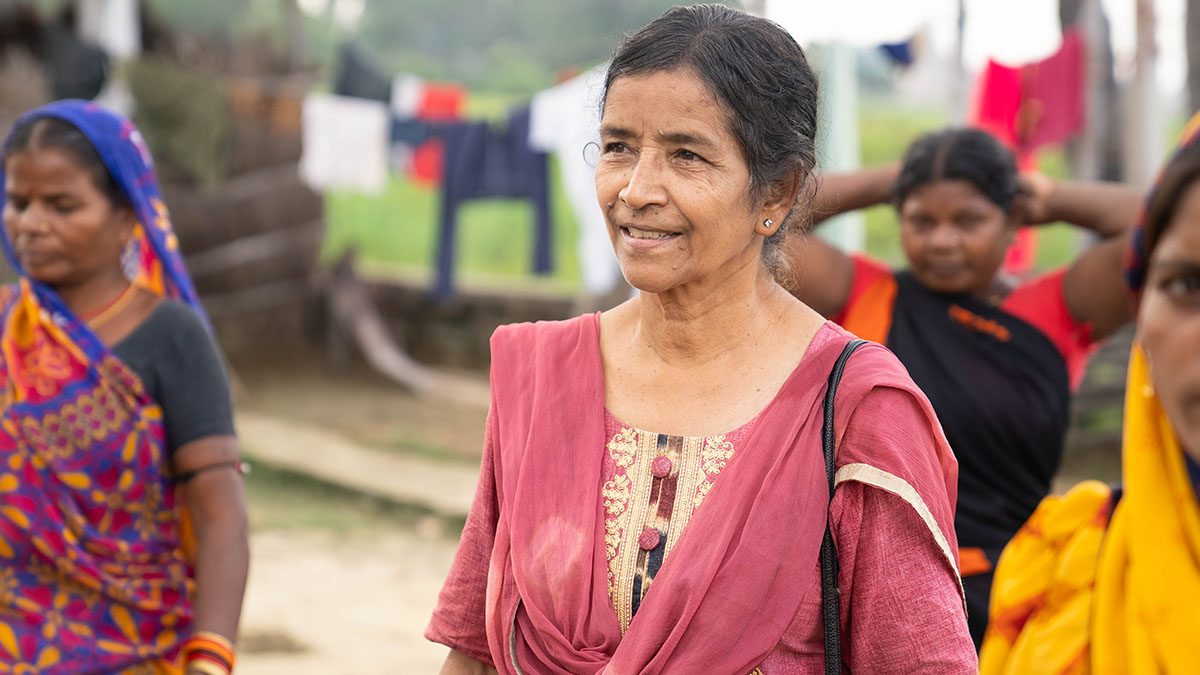
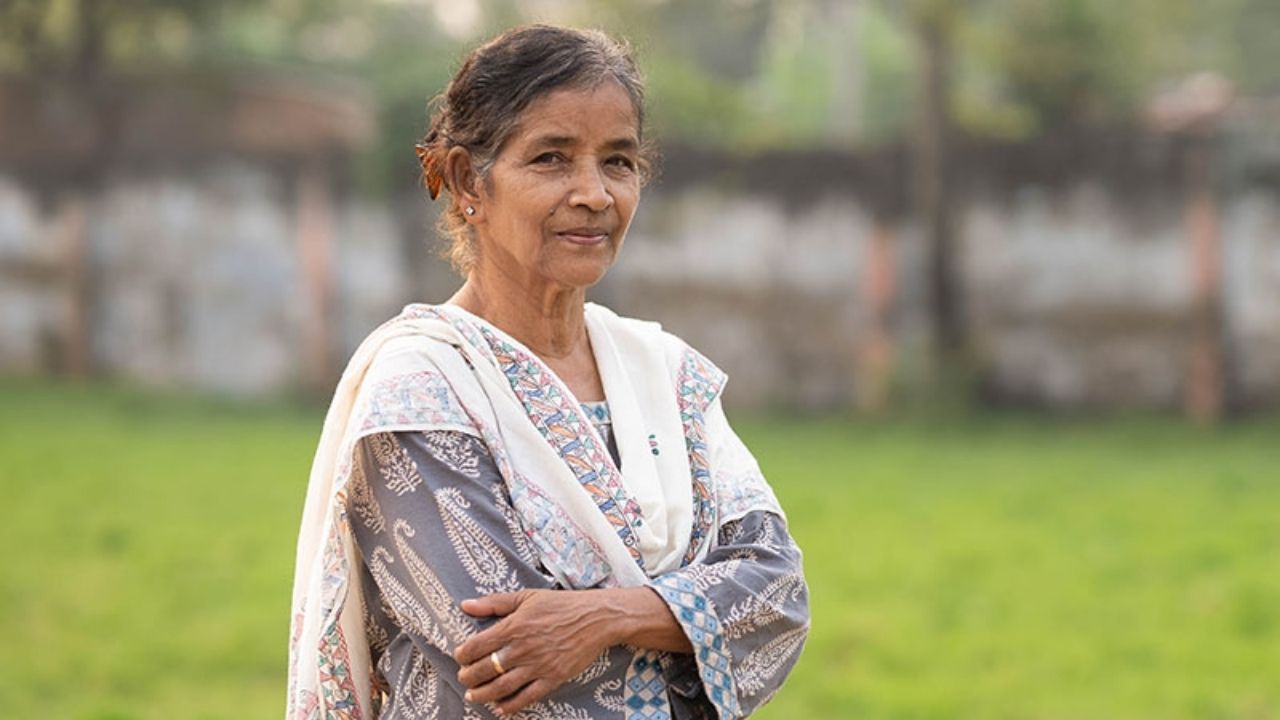 Sudha Varghese[/caption]
Sudha Varghese[/caption]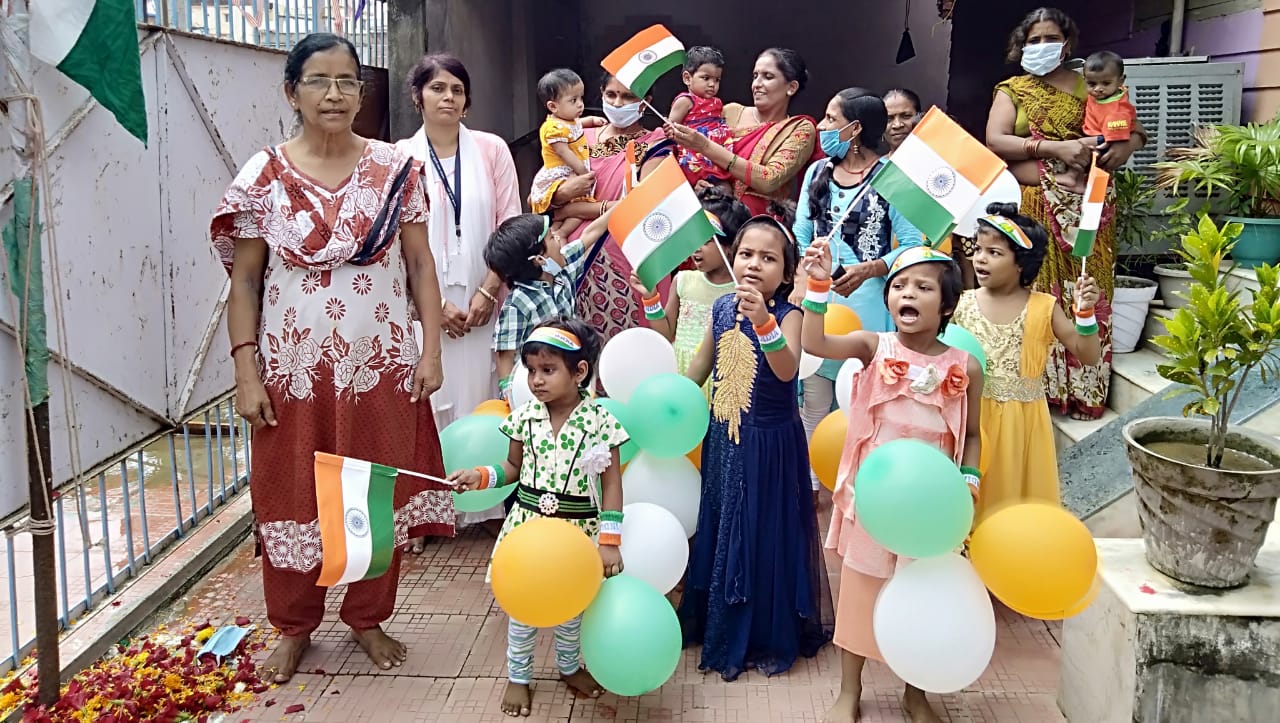 Sudha Varghese with students of Prerna school[/caption]
Sudha Varghese with students of Prerna school[/caption]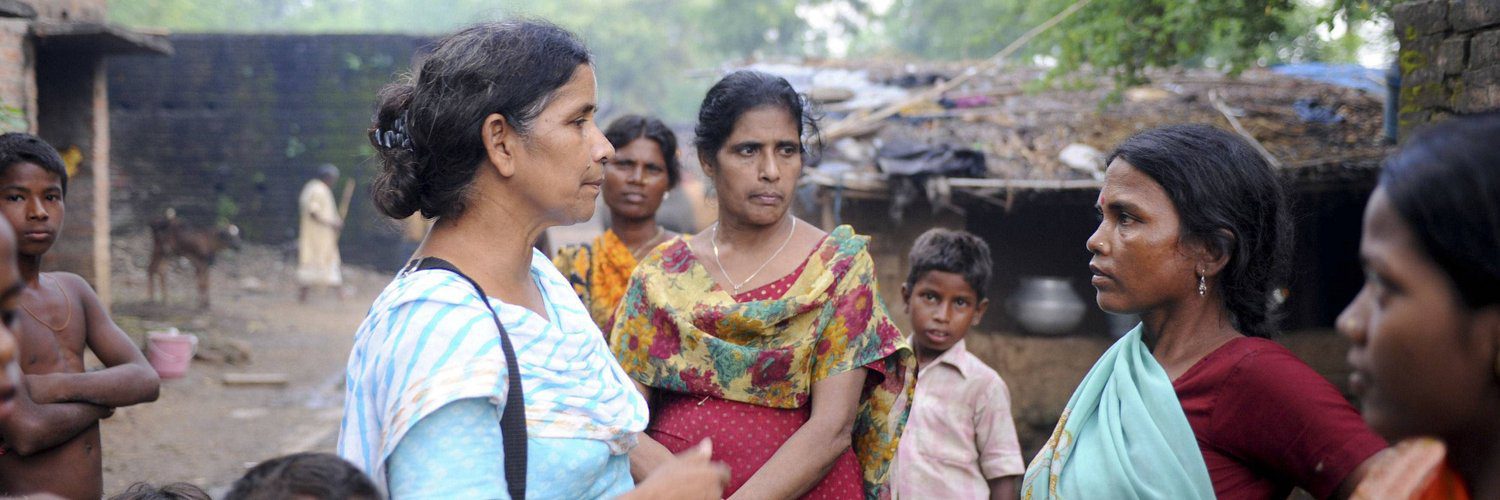 Sudha interacting with ladies of the Musahar community[/caption]
Sudha interacting with ladies of the Musahar community[/caption]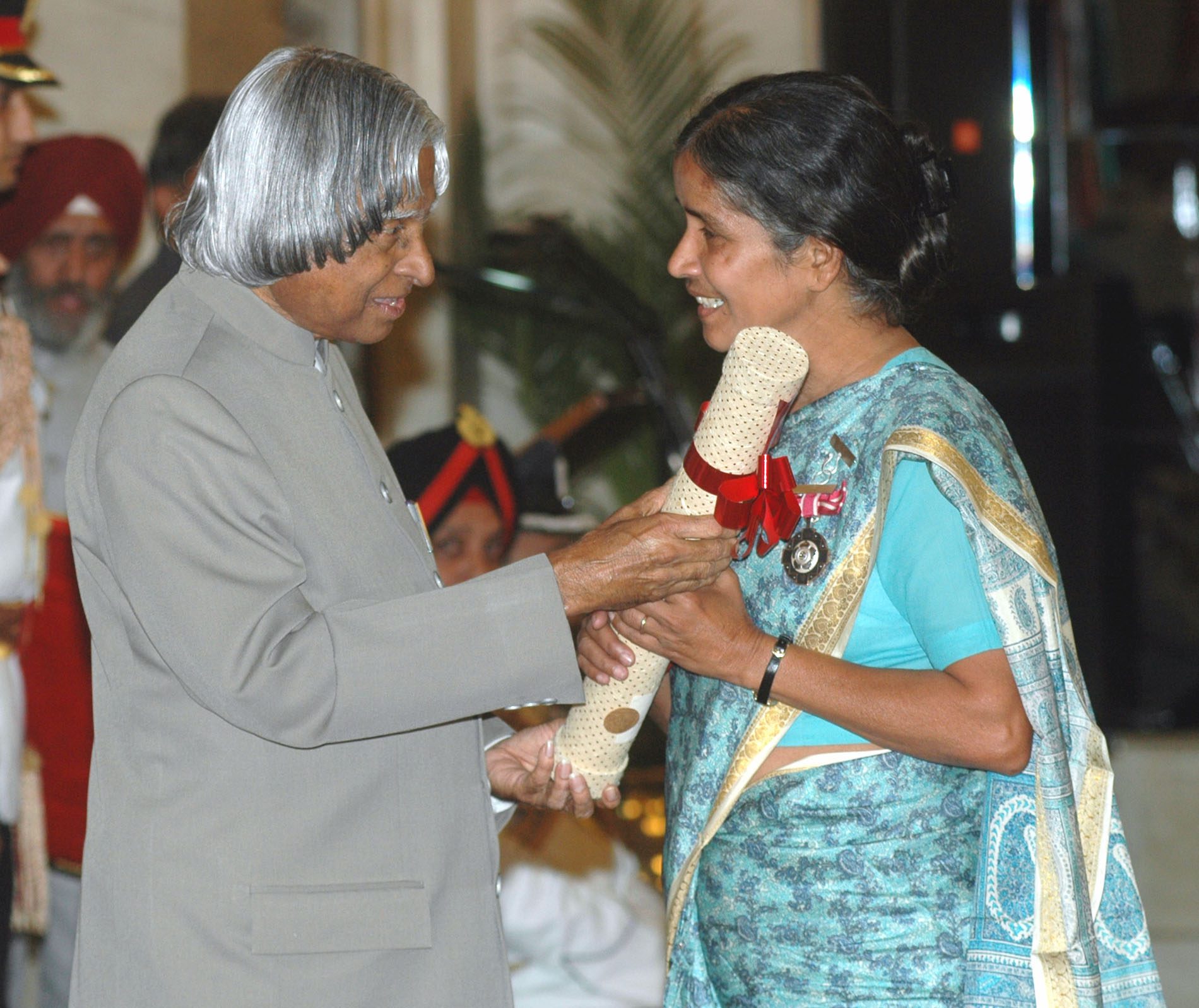 APJ Abdul Kalam presenting the Padma Shri Award (2006) to Sister Sudha Varghese in New Delhi on March 20, 2006[/caption]
APJ Abdul Kalam presenting the Padma Shri Award (2006) to Sister Sudha Varghese in New Delhi on March 20, 2006[/caption]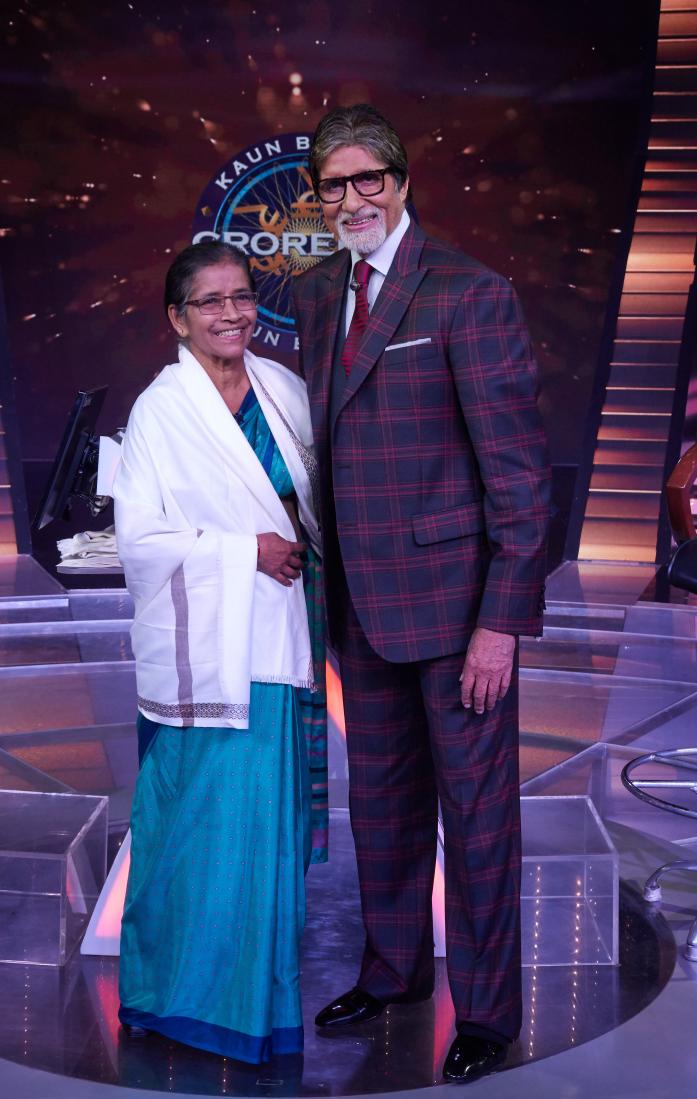 Sudha with Amitabh Bachchan on the show Kaun Banega Crorepati[/caption]
Sudha with Amitabh Bachchan on the show Kaun Banega Crorepati[/caption]
 Poorna and Nicole Kidman in Big Little Lies[/caption]
Poorna and Nicole Kidman in Big Little Lies[/caption]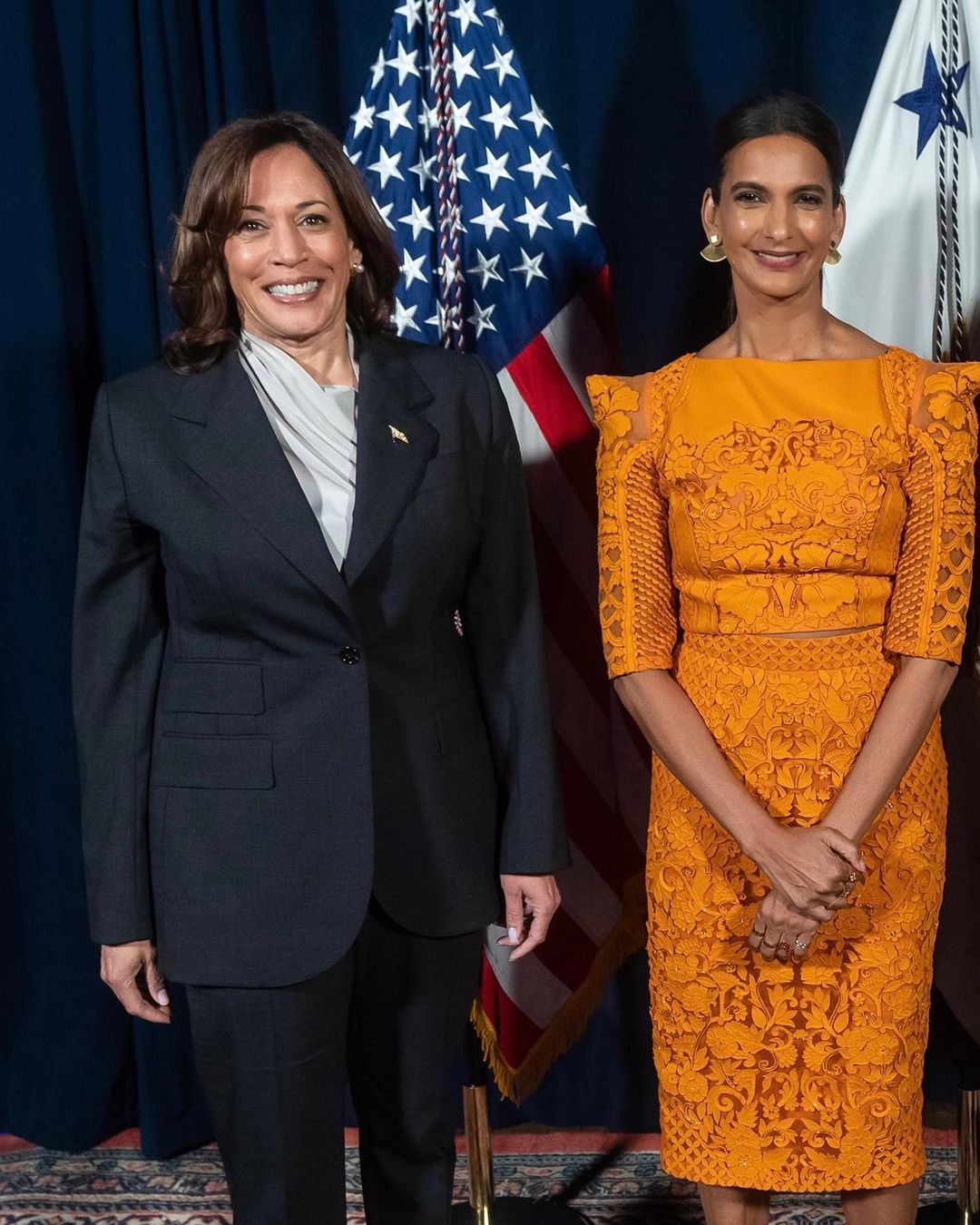 Poorna with USA Vice President, Kamala Harris[/caption]
Poorna with USA Vice President, Kamala Harris[/caption]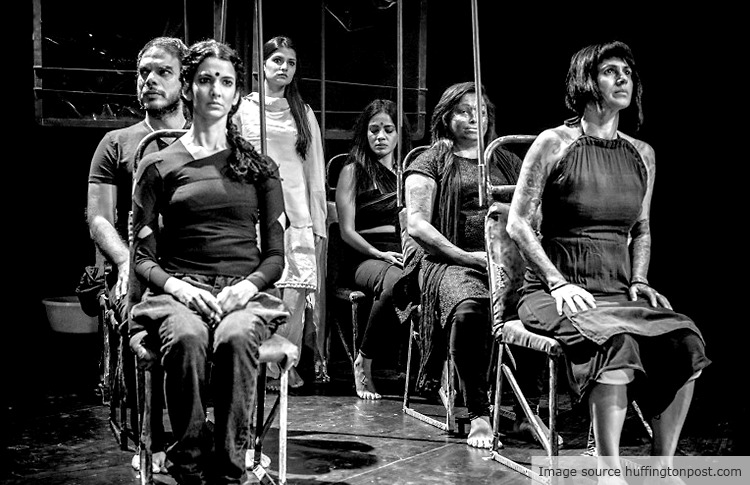 A still from Poorna's play, Nirbhaya[/caption]
A still from Poorna's play, Nirbhaya[/caption]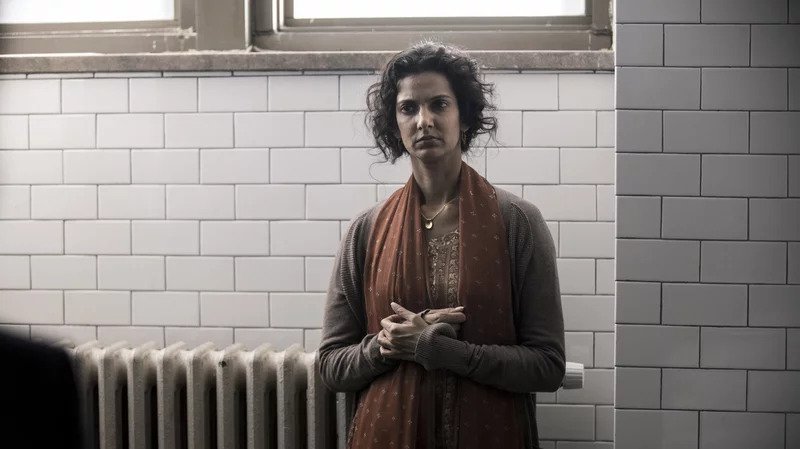 A still from TV show The Night Of[/caption]
A still from TV show The Night Of[/caption]
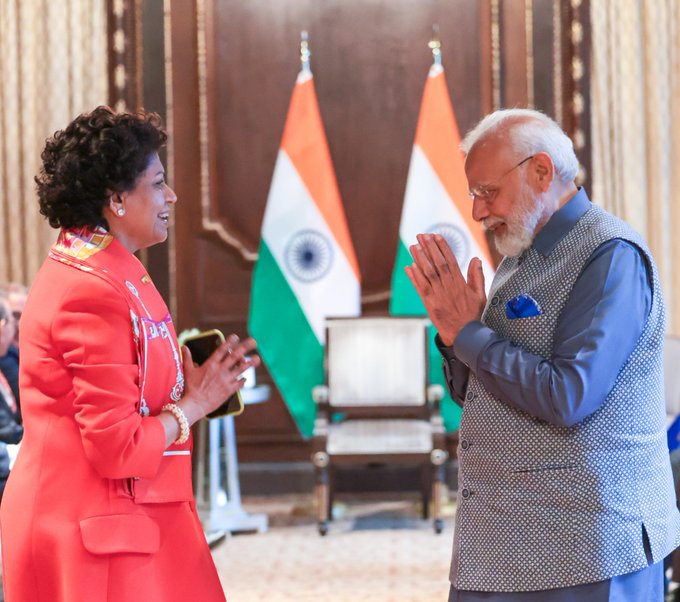 Chandrika with Indian PM Narendra Modi[/caption]
Chandrika with Indian PM Narendra Modi[/caption]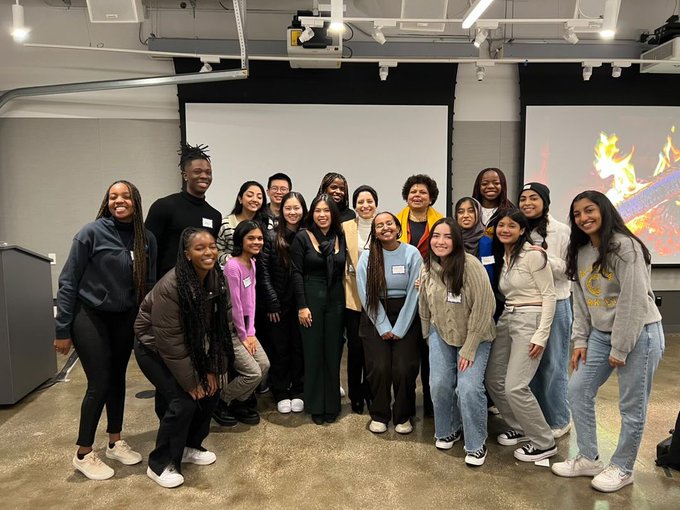 The business woman with students at NYU[/caption]
The business woman with students at NYU[/caption]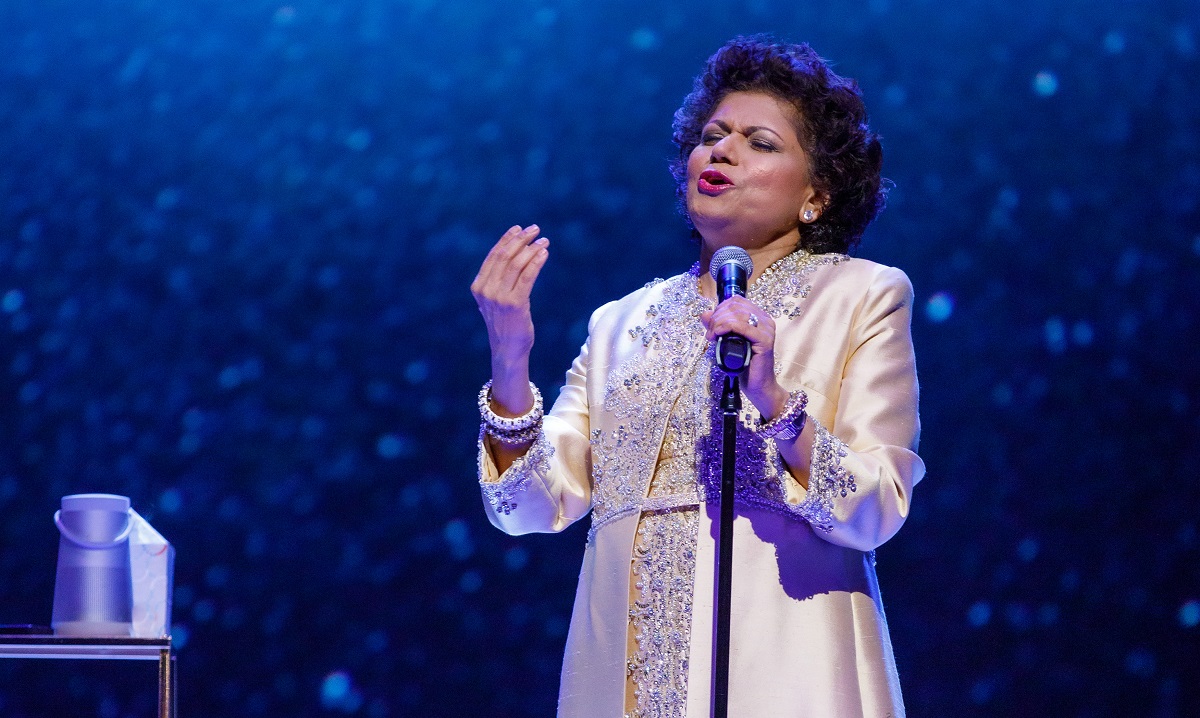 Chandrika at the Kennedy Center[/caption]
Chandrika at the Kennedy Center[/caption]

